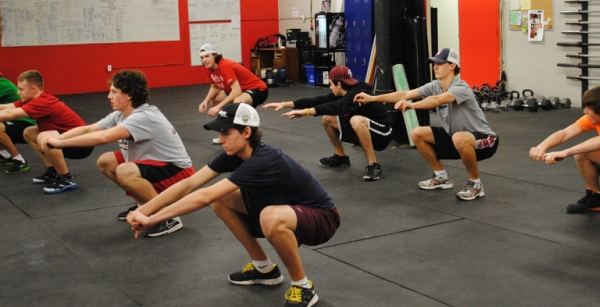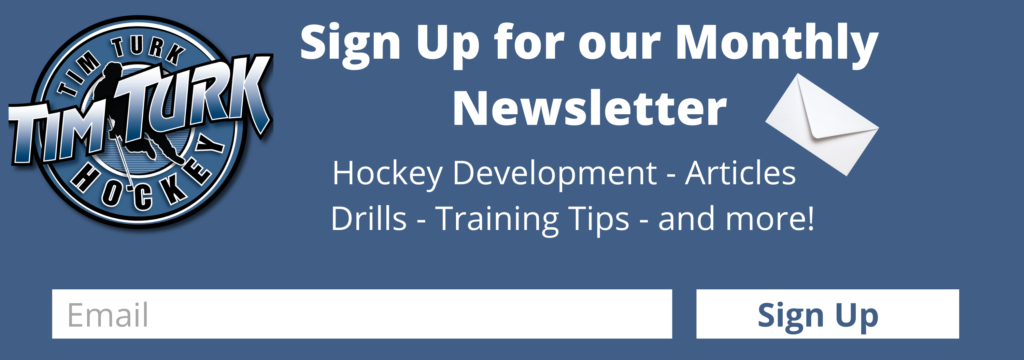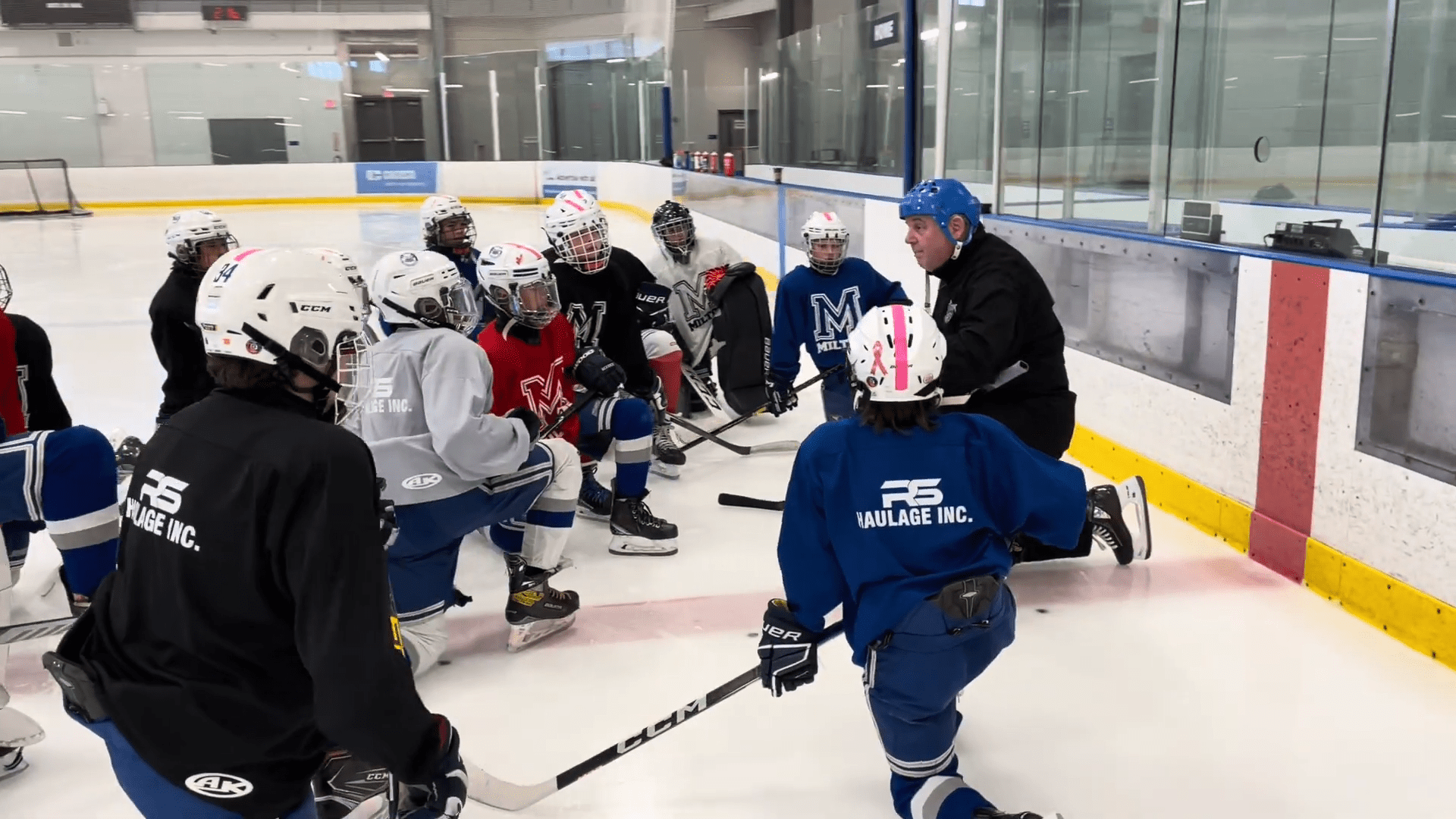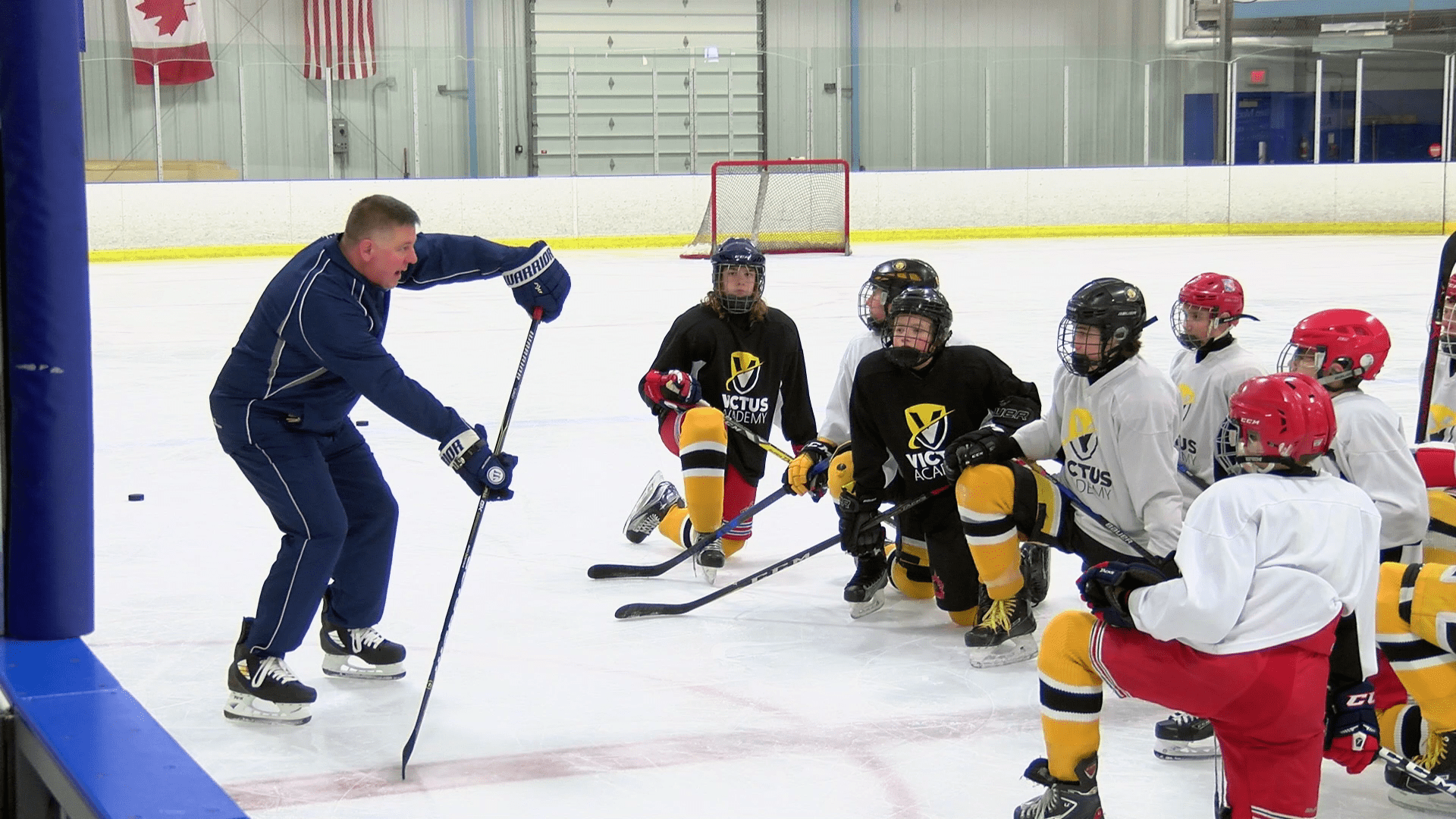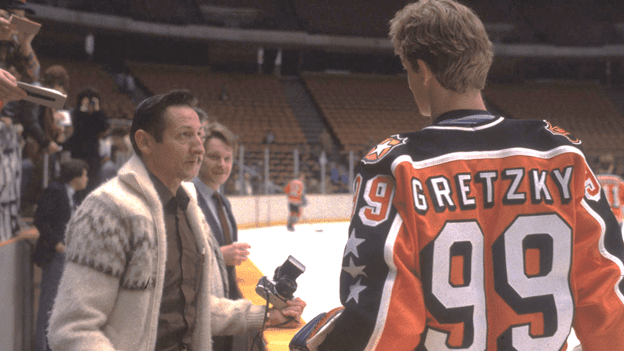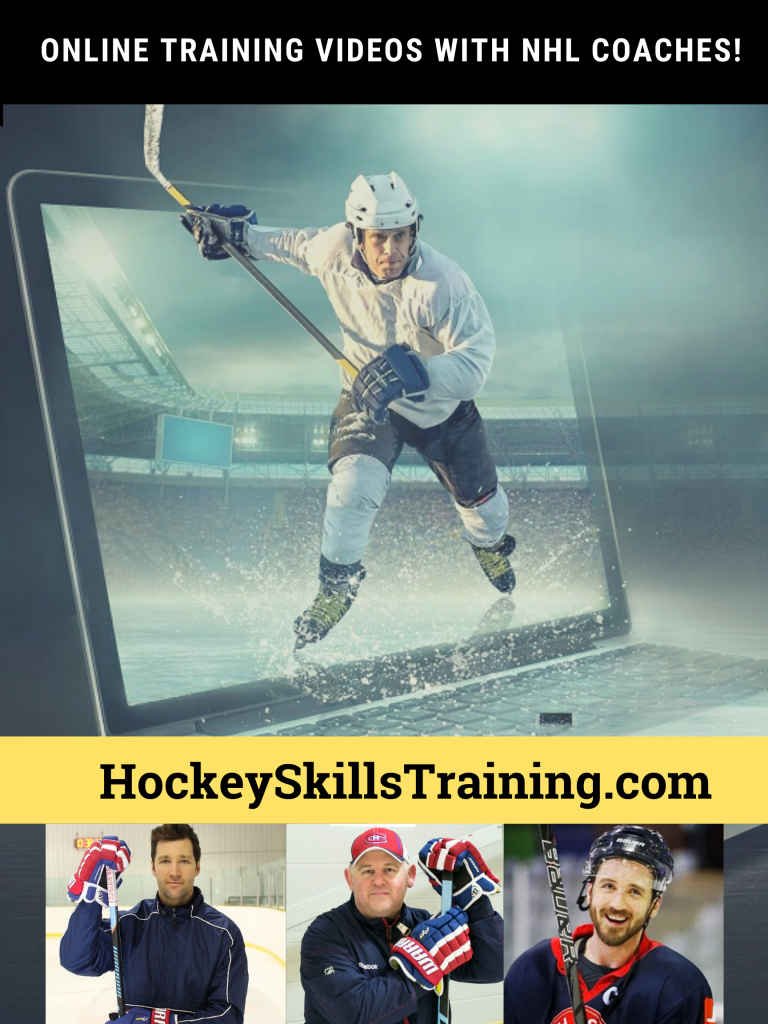Every hockey player in the world has to deal with the same issues that athletes from other sports do not really need to worry about: off-ice training. The fact that hockey is played on ice poses problems for players who want to get in some training sessions outside of scheduled games and practices. Ice time is a premium in North America and unless you live in an area where naturally occurring “free” ice is always available, fitting in that extra training is always going to be difficult. Training on the ice is of course ideal, but there are proven benefits to training off the ice as well, so let’s take a look at some of the best ways players can do this.
The Benefits of Dryland Training
Aside from the simple fact that training on ice is not always an accessible endeavour, there are numerous benefits to continuing your hockey training when you take off your skates. Every NHL player has both an on and off-ice training regimen as things like strength and agility training is not always easy to do on the ice. When we think of dryland training we automatically think of hitting the gym and lifting weights to work on our strength. But as you know, hockey is so much more than just brute strength. Working on things like cardio, agility, and stickhandling outside of your scheduled games and practices will help you keep your skills sharp and stay ahead of your competition!
Types of Dryland Training
Cardio: One of the more straightforward types of off-ice training, running or doing controlled sprints can help hockey players maintain their cardio and endurance, as well as build up explosiveness in their legs. In the third period when other players feel exhaustion in their legs, you can gain an advantage with strong off-ice cardio exercises!
Exercises: Running, sprints, off-ice skating treadmills.
Strength: Hitting the gym and lifting weights is a great way to add strength to your game, especially adding muscle to the core and trunk of your body. Hockey requires strength, but not in the traditional definition where we picture big biceps. Legs and lower body strength are the key to powerful skating and being strong on the puck while fending off defenders.
The type of strength we are training for is explosive strength so heavier weights with lower repetitions are the fastest way to achieve this. Another piece of equipment that is often utilized by hockey players is the medicine ball. Throwing a medicine ball or holding it while doing exercises like lunges or squats, will help hockey players build burst strength which can help you to be explosive in short distances on the ice.
Exercises: medicine ball, weight lifting, kettlebells.
Agility: Agility is a trait that most do not think of for hockey players, but those players who have strong agility skills can often set themselves apart from the competition. Training for agility is not always easy but truth be told, the types of exercises can be done anywhere. Often players can just set up cones to run through or place an agility ladder on the ground.
Exercises: speed cones or agility ladder.
Stickhandling: Stickhandling is an important skill to have and should be a part of every player’s off-ice training regimen. Using equipment like wrist weights or things like the SuperDeker can help you maintain your stickhandling abilities while off the ice, and help improve preparation when getting ready to shoot. The important thing about working on stickhandling is that you will form muscle memory within your hands and wrists, making it easier to call upon these skills in the heat of a game.
Exercises: Stickhandling through cones or objects, SuperDeker equipment, and any home made devices.
Player vs. Goalie Training
Perhaps no two positions are so dissimilar within the same sport as hockey players and goalies. Players are obviously mobile throughout the game and rely on skating explosiveness and strength, while goalies have a larger reliance on things like flexibility and agility. Goalies are not always involved in the play and can actually go long periods within a game without any action at all.
So you can see how a goalie’s workout regimen would be different from a player, both on and off the ice. Goalies are looking for anaerobic bursts which help the body to sustain energy usage in high intensity short periods of time, whereas players need explosiveness over the period of the entire game, so cardio and endurance are much more important factors.
High intensity interval training or (HIIT) are tremendous for hockey goalies and provide quick, intense exercises that replicate action in the crease. The exercises do not put prolonged stress on joints like hips and knees, which goalies already have issues with over the long-term. Lateral quickness and agility for goalies is much more of a focus than things like burst sprints or long distance running. You will often see goalies with tennis balls working on their glove-hand quickness as well. Not to say that things like strength training or cardio is not important to goalies, but flexibility, reactiveness, and overall muscle reflexes are much more integral parts to their game.
Conclusion
Whether you are a goalie or a player, off-ice and dryland training is essential to keeping up with your skills and abilities on the ice. Keeping up with these workouts in the offseason can keep your body in hockey shape and allows for muscle memory to help mitigate any rust that may come from an offseason of being off the ice. There are so many pieces of equipment these days that can simulate being on the actual ice like off-ice treadmills or stickhandling and agility tools like the SuperDeker.

